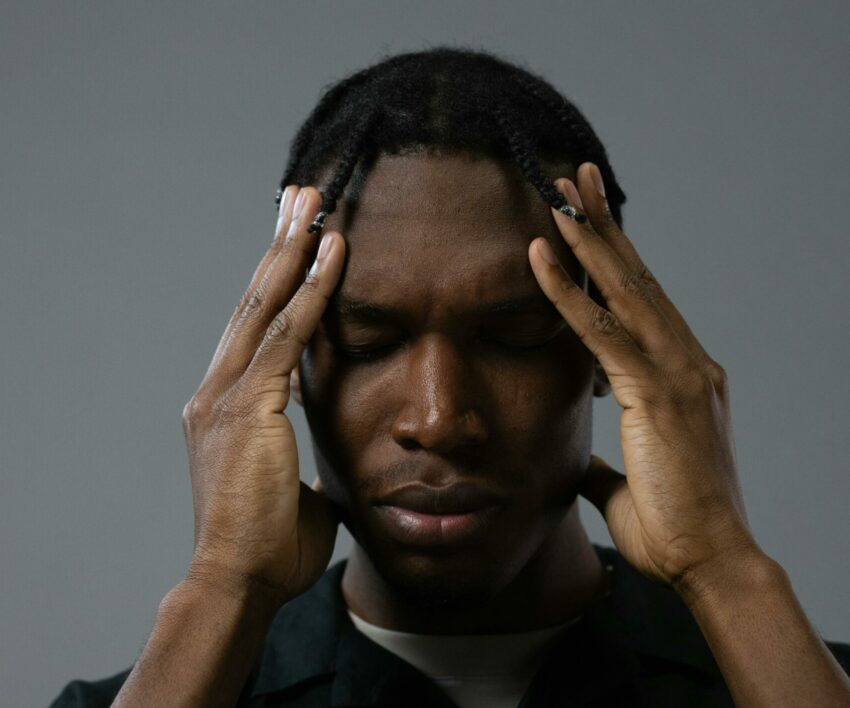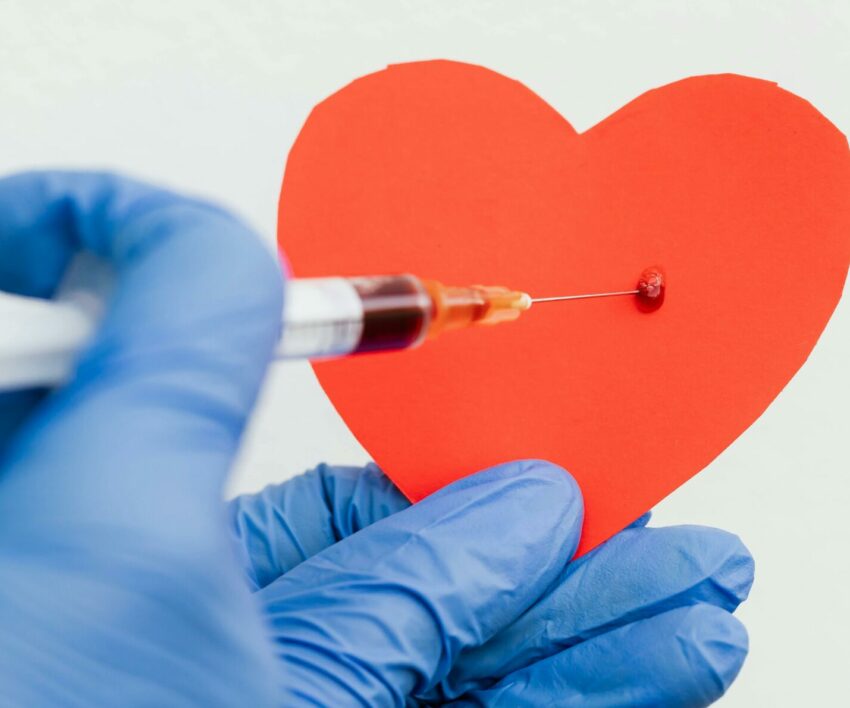picture: pexels
Electroconvulsive therapy (ECT) might sound like something out of an old horror movie, but the reality is far from the outdated stigma that surrounds it. Have you ever wondered though, what really happens during ECT, and how it works?
Health publications help peel back the layers of misconceptions and uncover the true science, safety, and success behind this misunderstood therapy. The Cleveland Clinic explains that ECT is a medical procedure that involves passing a mild electric current through the brain, causing a short seizure, and has been proven effective in treating severe, treatment-resistant mental health conditions. The clinic further states that ECT is often misrepresented in media due to inaccurate portrayals but is commonly used for severe mental health conditions, medication failure, extreme catatonia, or dangerous situations where medications take days or weeks to become effective.
According to the Mayo Clinic, during the procedure, a healthcare professional monitors seizure activity, including monitoring the brain, heart, blood pressure, and oxygen use. The brief seizure is caused when the patient’s muscles are paralysed, and the anaesthetic and muscle paralysis make the patient unconscious. What happens during the seizure, the clinic mentions that your brain becomes much more active and the electrical activity in your brain is captured by an electroencephalogram (EEG). An abrupt rise in EEG activity indicates the beginning of a seizure, the seizure is then ended when the EEG levels off, the clinic adds.
“A few minutes later, the effects of the short-acting medicine that puts you to sleep, and the muscle relaxant, begin to wear off. You’re taken to a recovery area, where the healthcare team monitors your recovery. When you wake up, you may be confused for a few minutes to a few hours or more.”
When it comes to the risk factors and disadvantages of this therapy, the Psychiatry publication states that ECT can cause temporary memory loss and difficult learning outcomes, with some patients experiencing longer-lasting issues. Common side effects are said to include nausea, headache, fatigue, confusion, and slight memory loss. “These risks must be balanced with the consequences of ineffectively treated severe psychiatric disorders. ECT can work more quickly than medications. It can be especially useful if a patient is suicidal, is not responding to medications or cannot tolerate the side effects of medication.”
Also see: These are the benefits of cuddle therapy










